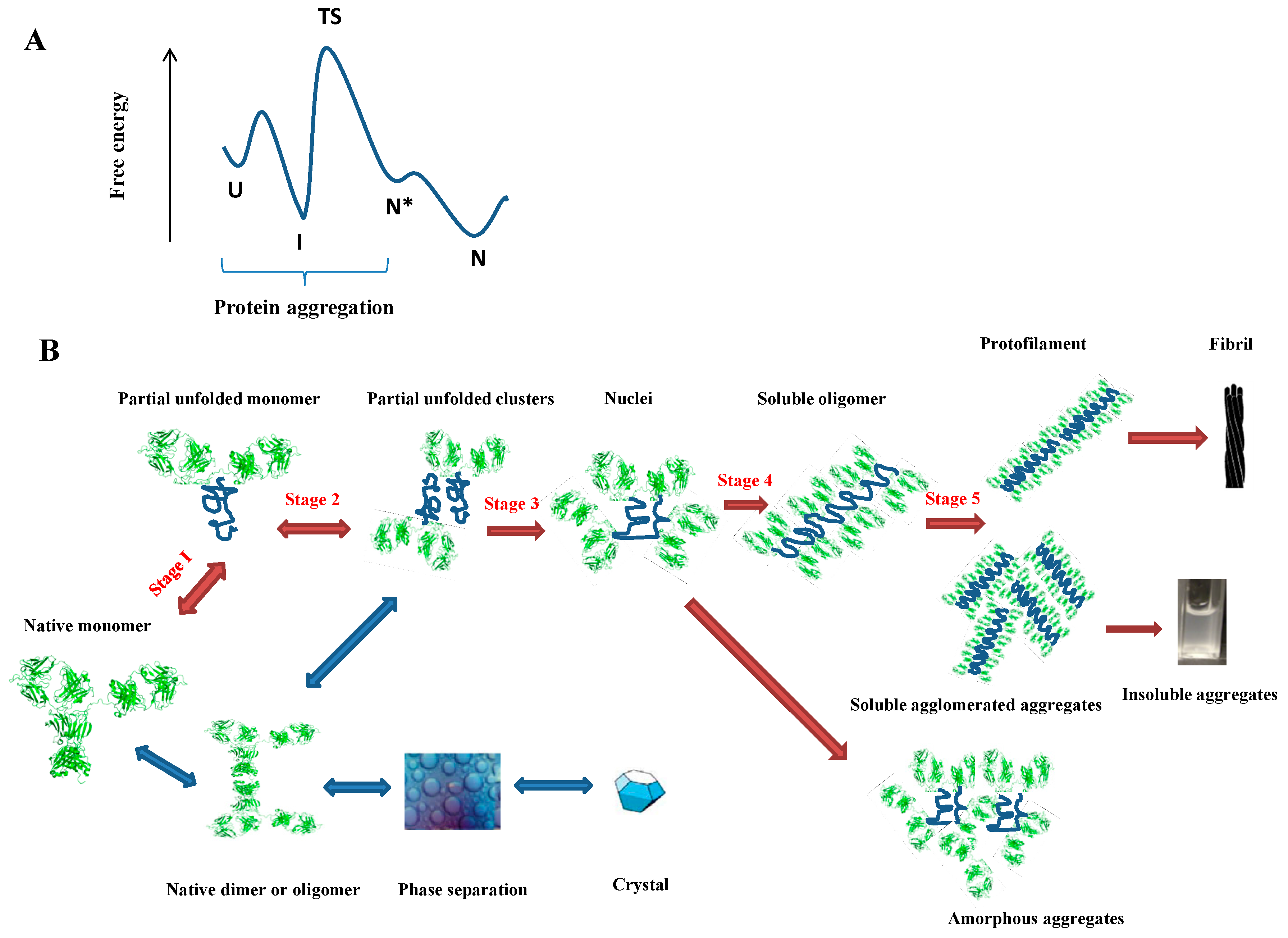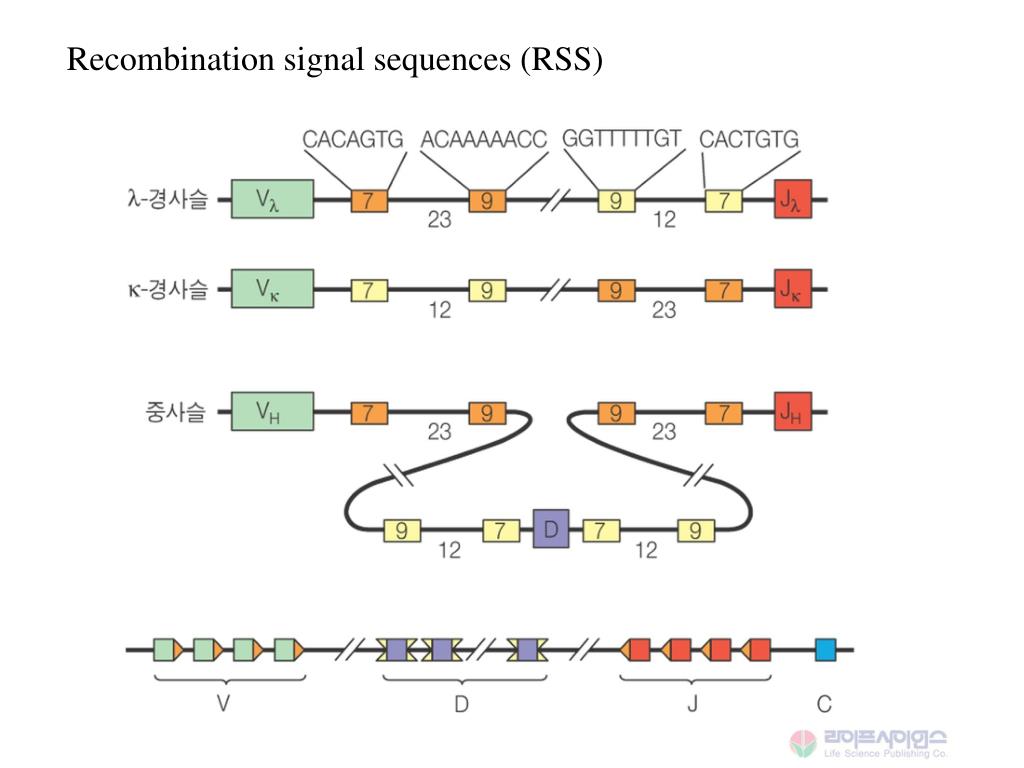

Initially, all antibodies are of the first form, attached to the surface of a B cell – these are then referred to as B-cell receptors (BCR).Īfter an antigen binds to a BCR, the B cell activates to proliferate and differentiate into either plasma cells, which secrete soluble antibodies with the same paratope, or memory B cells, which survive in the body to enable long-lasting immunity to the antigen. They occur in two forms: one that is attached to a B cell, and the other, a soluble form, that is unattached and found in extracellular fluids such as blood plasma.

Together with B and T cells, antibodies comprise the most important part of the adaptive immune system. The class hence determines the function triggered by an antibody after binding to an antigen, in addition to some structural features.Īntibodies from different classes also differ in where they are released in the body and at what stage of an immune response. The constant region at the trunk of the antibody includes sites involved in interactions with other components of the immune system.

It only occurs in a few variants, which define the antibody's class or isotype: IgA, IgD, IgE, IgG, and IgM. In contrast, the remainder of the antibody is relatively constant. To allow the immune system to recognize millions of different antigens, the antigen-binding sites at both tips of the antibody come in an equally wide variety. Using this binding mechanism, an antibody can tag a microbe or an infected cell for attack by other parts of the immune system, or can neutralize it directly (for example, by blocking a part of a virus that is essential for its invasion). Each tip of the "Y" of an antibody contains a paratope (analogous to a lock) that is specific for one particular epitope (analogous to a key) on an antigen, allowing these two structures to bind together with precision. The antibody recognizes a unique molecule of the pathogen, called an antigen. Each antibody binds to a specific antigen an interaction similar to a lock and key.Īn antibody ( Ab), also known as an immunoglobulin ( Ig), is a large, Y-shaped protein used by the immune system to identify and neutralize foreign objects such as pathogenic bacteria and viruses.


 0 kommentar(er)
0 kommentar(er)
